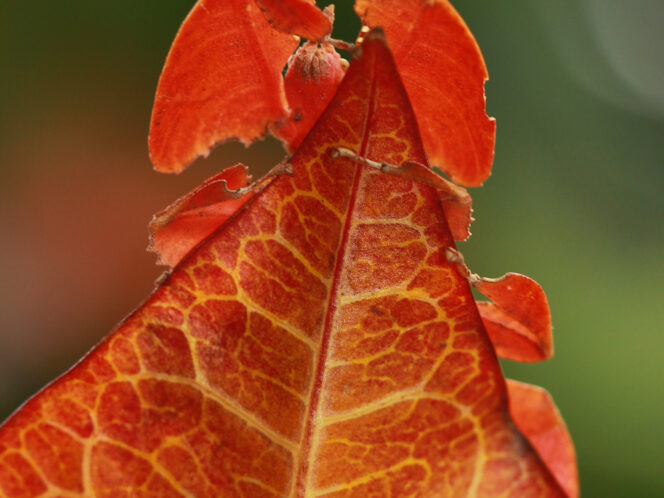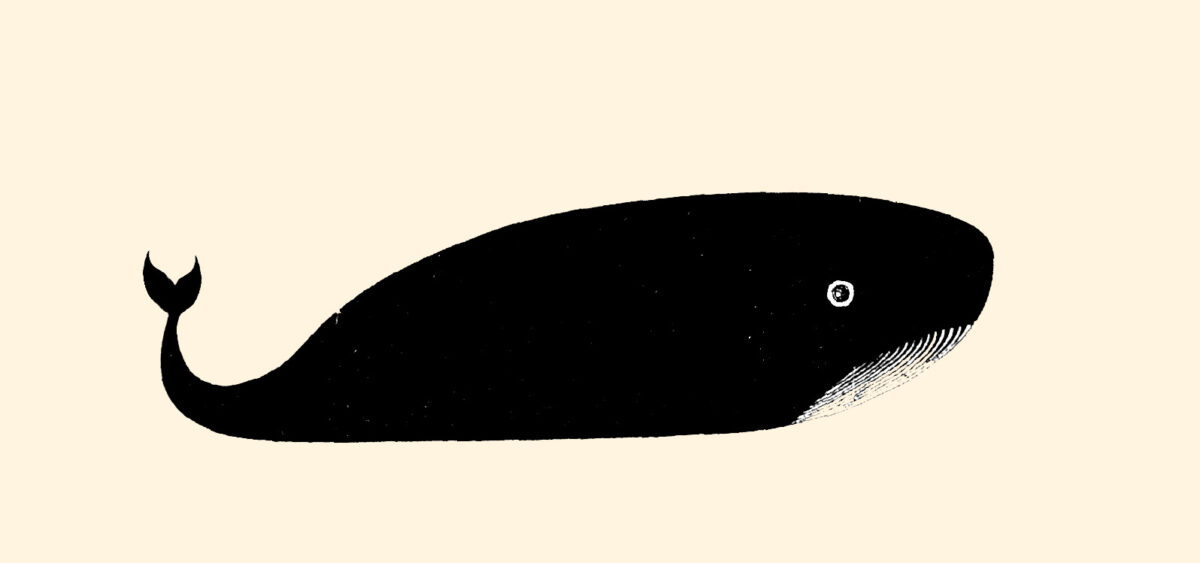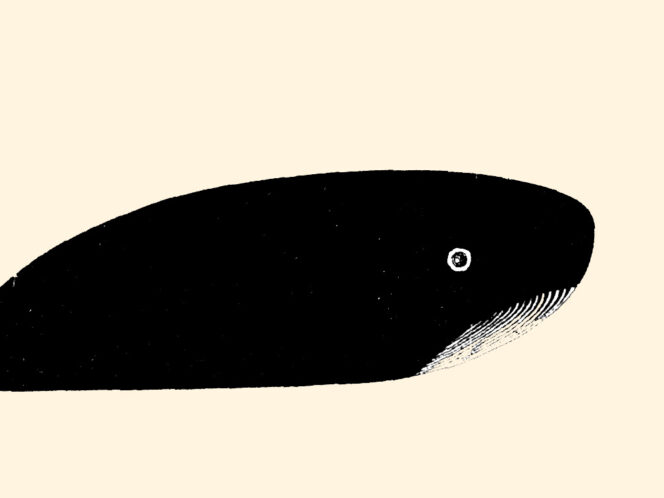
They lie, manipulate and lead us astray. They can also perfectly imitate others. Butterflies, snakes, potoos, and cuckoos are pretty good at conning.
I’ve been completely fooled and brilliantly manipulated; I’m jumping with joy on slippery stones. No one has ever deceived me and thumbed my nose in such style. There are still six to seven kilometers on foot before I reach the Las Cruces biological research station. I might get drenched, but the tropical air is already dense with humidity. On the neighbouring bank of the Java River Valley, white clouds are beginning to buzz and swell, climbing over the mountain ridge from the nearby valley and the settlement of San Vito below. A Costa Rican downpour is approaching fast. I shrug and count on my fingers like a child, enumerating to myself all the vile and sensual tricks that the jungle played on me today. It’s my first day in Las Cruces, but I already feel like an eighteenth-century explorer. Let me be clear: in the era of the internet and documentary masterpieces narrated by David Attenborough—as well as automatic photo traps capable of capturing the most discreet and intimate secrets of life—being a biologist has lost some of its pioneering and Romantic appeal. Within the reach of our hands (or computer mouse), we have everything that explorers like Stephen Jay Gould, Alexander von Humboldt and John James Audubon would painstakingly record in words and pictures.
Due to their good camouflage, seahorses of the species “Hippocamp us denise” are almost never eaten! photo: Getty Images
Still, meeting eye to eye with the most hones








